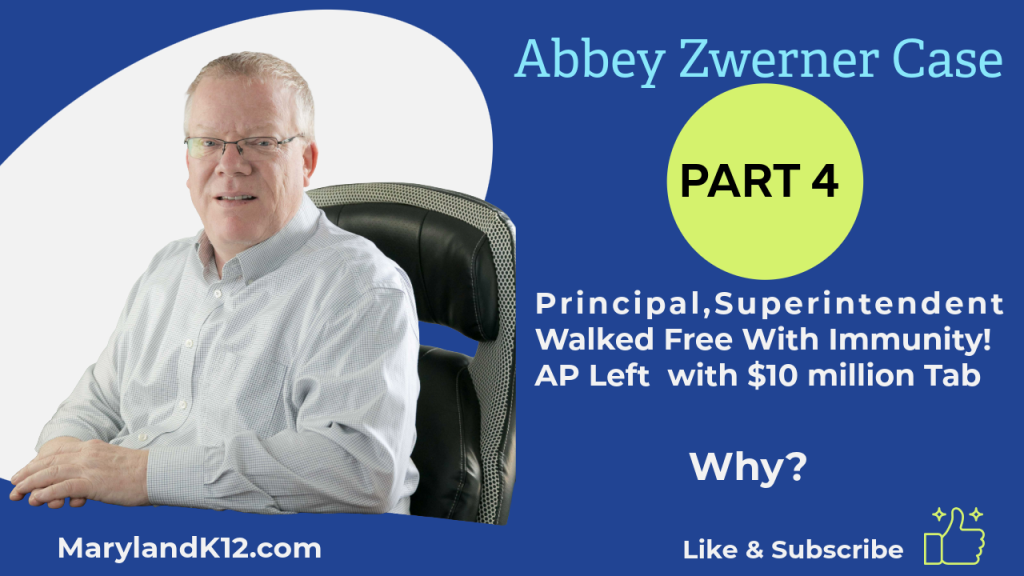
Reparations for Black Americans: How K-12 Schools Fit In
More than 150 years after slavery was outlawed in the United States, Black Americans have continued to experience discrimination, prejudice, and systemic inequality in everything from housing and wages to education and health care.
In the last few years, a long-gestating movement to repair those harms has gained traction in cities across the country. These efforts, which fall under a broad category of “reparations,” have cropped up in cities like Asheville, N.C.; Detroit; Evanston, Ill.; Providence, R.I.; St. Louis, Mo.; and St. Paul, Minn.
Many relate implicitly and explicitly to K-12 education. Some directly involve school districts, highlighting the effects of segregation and chronic underfunding. Others aim to incorporate youth perspectives by including current K-12 students on task forces studying reparations. And several reports from reparations task forces have touched on the importance of improving education opportunities and mental health supports for Black students.
The concept of reparations from the U.S. government is nearly as old as the country itself. It’s become more popular in the years following the publication of Ta-Nehisi Coates’ landmark 2014 essay “The Case for Reparations,” and in the aftermath of the racial justice protests that swept the country during the summer of 2020.
Examples include cash payments for survivors of the 1923 Rosewood massacre when a white mob destroyed a Black community in rural Florida, the Japanese-American internment camps during World War II, and police torture in Chicago from the early 1970s to the early 1990s.
How will ongoing reparations projects turn out? Here’s what you need to know about the ones that involve K-12 schools.
Berkeley Unified School District, Calif.
- How it started: Parents and community activists have been pushing the school district for years to become the first in the nation to form a committee to study reparations for descendants of enslaved Black Americans.
- How it’s going: The school board announced in March 2023 that it plans to move forward with a reparations study, distinct from the one the city is already doing. The study committee will include school board members, central office staff, school staff, and community members, including at least one K-12 student. A report is due back to the school board by January 2024.
The city of Boston
- How it started: Michelle Wu, the city’s mayor, in February 2023 announced a 10-person task force to study reparations for a city that was a central hub for the transatlantic slave trade. Two K-12 students from Jeremiah E. Burke High School will be among the task force members.
- How it’s going: The task force will proceed in three phases: examining the role of slavery in the city; collecting examples of the city’s past efforts to repair damage from the lasting effects of slavery and institutional racism; and developing ideas for how those reparations efforts can go further in the future.
Loudoun County, Va.
- How it started: In 2021, county leaders issued a formal apology to Black Americans for a litany of injustices in area schools stretching back decades. Juli Briskman, a member of the county board of supervisors, began urging colleagues and residents to consider repairing those harms with actions, not just words.
- How it’s going: The county board in December 2022 approved a $250,000 partnership with University of Virginia researchers to study the impact of school segregation in the county. That research and feedback from the community will inform how to move forward with concrete efforts to repair the harm.
Oakland Unified School District, Calif.
- How it started: Activists began pushing the majority-Black district to acknowledge racial disparities in the city’s schools as early as 2017. The district resolved in 2019 to develop a plan for ensuring Black students can thrive and to address past structural barriers that have stood in their way.
- How it’s going: The effort has lain dormant during the pandemic as the district faced broader financial turbulence. Community members were angry about a recent proposal to close several majority-Black schools in the district, but that plan has since been reversed, offering hope to those who are looking for the reparations efforts to resume.
The state of California
- How it started: Gov. Gavin Newsom signed a bill in 2020 to establish a nine-person task force aimed at laying out a reparations plan for the state’s Black residents. Momentum for the bill was spurred by a summer of nationwide protest and civil unrest following the police murder of George Floyd in Minneapolis.
- How it’s going: The commission last summer released a 492-page report that included a lengthy suite of recommendations, including dedicated funding for Black students in K-12 schools. More recently, the task force estimated Black Americans in the state lost $800 billion as a result of historical inequities. Legislators will soon be tasked with deciding how to address that massive deficit, which amounts to more than double the state’s annual budget. Newsom and state lawmakers have also been grappling with a separate but related proposal to expand funding for Black students by supplying supplemental dollars each year to the current subgroup of students with the lowest test scores, which currently is Black students.
The state of Virginia
- How it started: Ken Woodley, a resident of Prince Edward County, pushed lawmakers in the early 2000s to establish a scholarship program for county residents who were locked out of public schools for five years during Massive Resistance, in which the district and others in the state refused to comply with the Supreme Court’s desegregation order. That fund included $1 million in state funds and $1 million from a private donor.
- How it’s going: Close to $1 million remains in the fund, which has served 88 recipients over the last two decades. In March 2023, state lawmakers expanded eligibility for the program to residents statewide who lost school time during Massive Resistance, and to their descendants. The state will now have to figure out how to add more money to the fund so the thousands of residents who may be eligible can take advantage.
The federal government
- How it started: The late U.S. Rep. John Conyers introduced H.R. 40, a bill that would form a nationwide commission on reparations for Black Americans, in every Congress from 1989 until his retirement in 2017. The number 40 refers to the unfulfilled “40 acres and a mule” promise America made upon emancipating slaves in the 1860s.
- How it’s going: President Joe Biden said while campaigning that he supports studying reparations. But he hasn’t mentioned the issue much while in office. H.R. 40 appears likely to languish during this session of Congress, with Republicans dominating the House.
Dig Deeper With Our Longreads
Newsletter Sign up to get our best longform features, investigations, and thought-provoking essays, in your inbox every Sunday.
The MEN was founded by John Huber in the fall of 2020. It was founded to provide a platform for expert opinion and commentary on current issues that directly or indirectly affect education. All opinions are valued and accepted providing they are expressed in a professional manner. The Maryland Education Network consists of Blogs, Videos, and other interaction among the K-12 community.







